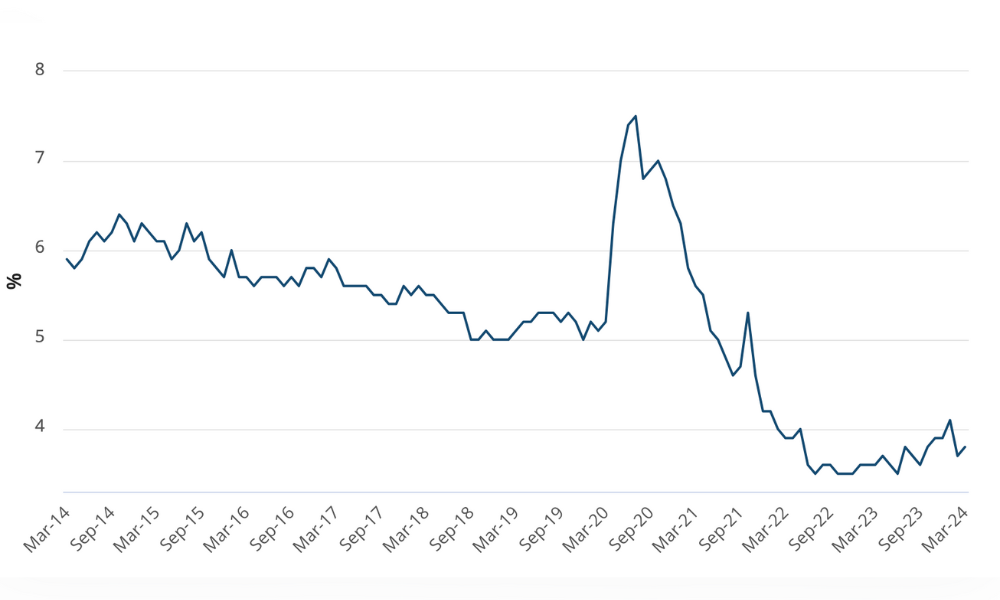We are about to go to market for a new HR Information System. Currently, we use a variety of Excel/Access databases, supported by hardcopy files to hold our personnel information. We want to record and manage all this data in one integrated system. What should we take into account in looking for a new system that will do this and what can we do to make data input and migration to the new system as easy as possible?
Q We are about to go to market for a new HR Information System. Currently, we use a variety of Excel/Access databases, supported by hardcopy files to hold our personnel information. We want to record and manage all this data in one integrated system. What should we take into account in looking for a new system that will do this and what can we do to make data input and migration to the new system as easy as possible?
A. One of the most important aspects is the level of integration offered within the solution being reviewed. In other words, is there the ability to record the data once and for this information to then be immediately available to other related modules within the solution?
For example, once an applicant record is generated within the Recruitment Module; can this information be directly available for HR to conduct a skills match analysis across both applicant and existing employee data as part of a workforce profiling exercise?
Second, the solution should have available, as a standard, user-defined fields and/or the tools to allow the organisation to customise the database for the purposes of capturing specific data over and above the standard core master file data. This will allow the solution to cater for existing and future data requirements. How easy are these tools to use? Are the customisations maintained and supported, following any future upgrades?
Finally, does the solution offer built-in reporting capabilities that allow for the extraction of real time data in a variety of easily accessible formats? This is where the value of one integrated solution is realised – the ease of analysing cross-module data in a consistent and controlled manner.
There are activities an organisation can do to ensure the data input and migration process to the new system is achieved as smoothly as possible. These include:
• Assigning someone the task of co-ordinating the data migration process. This is to ensure a consistent approach to the data migration process, as well as acting as a conduit for the investigation and rectification of data integrity issues.
• Data cleansing exercise. Data held in existing systems may need to be audited to ensure it is complete and accurate. This may involve the organisation conducting a formal request to all of its employees to review and supply updated personal information. When it comes to data and systems, remember the old saying “Rubbish in – Rubbish out”!
• Grouping similar data sets together (eg Salary, Position) and migrate these data sets one at a time. This ensures errors can be rectified in isolation.
• Furthermore, the organisation needs to ascertain whether there is a need to migrate historical data in addition to the current data. This decision can be determined by a number of factors:
• The integrity of this data in terms of accuracy, missing values etc
• The complexity of the mapping task to convert old codes to new.
• The volume of data to be migrated and its impact on server performance
• Future availability of the legacy system for historical enquiry/reporting
By Justin Corcoran, business development manager, Frontier Software. Tel: (02) 9956 7598, Web: www.frontiersoftware.com








